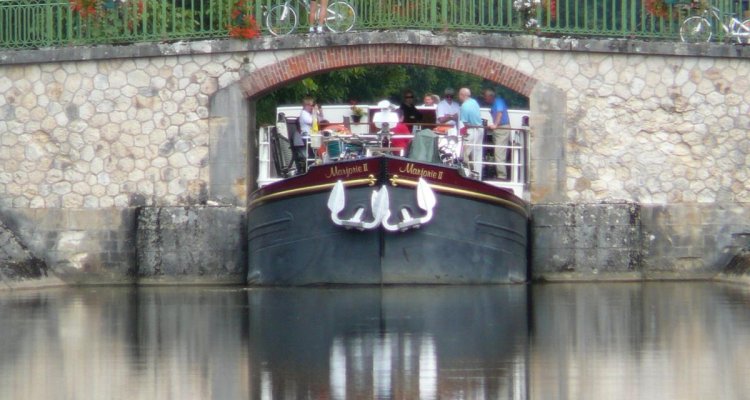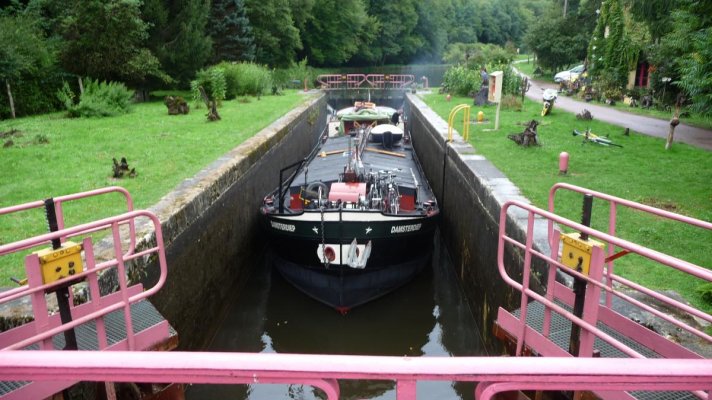mikecambrai
Veteran Member
It might be a good idea to consider an ex hire boat for cruising the canals. They are technically simple and have good accommodation and can be easily hauled out when required. I have cruised most of the canals in Holland, Belgium and France, in a 39m ex commercial barge to a 12m ex broads cruiser (from the UK, Norfolk), and the broads cruiser won hands down. It can go anywhere in the canals, gets under any low bridge and uses 2l of diesel per hour cruising. With 4 solar panels you need to have no connection to shore power. Pump out of black waste is not available. You only see them at a hire base. With some 26000 km of canals in the 3 countries it would take many years to do them all, but just find a good place to moor and stay. You can stop almost anywhere for free.
Live a cruising dream where you don't have to worry if there is a hurricane. Just settle down and open another bottle.
Live a cruising dream where you don't have to worry if there is a hurricane. Just settle down and open another bottle.


